Tl; dr;
- Omnichannel CX importance: Seamless digital customer experiences across all channels are non-negotiable; consistency is key to satisfaction and loyalty.
- Online surveys for engagement tracking: Best survey tools, like Survicate, that offer CSAT and NPS surveys are vital for measuring satisfaction and predicting customer behavior and loyalty.
- CRM and automation: Well-integrated CRM and marketing automation tools are critical for timely, relevant customer interactions, driving engagement and retention.
Personalization: Improving customer engagement through personalized digital journeys is not just preferred but expected; it drives deeper connections and enhances customer loyalty.
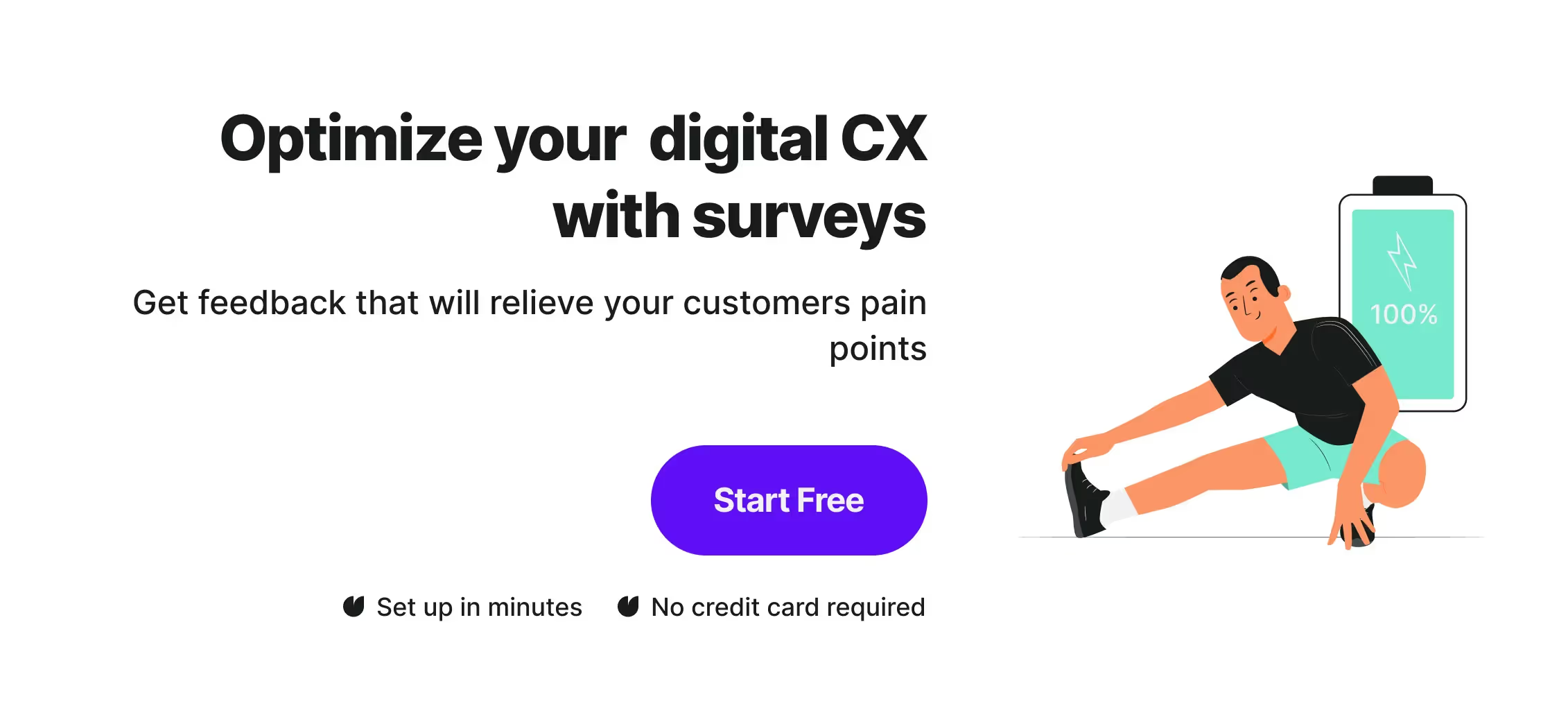
For all of you grappling with the nuances of customer connection, maintaining a seamless omnichannel experience is the crux of customer satisfaction and loyalty. This article unpacks the essential strategies to maintain consistent, seamless experiences and improve customer relationships.
The insights here will guide you towards strategies that bolster engagement, ensuring your customers' experiences are as cohesive as they are memorable. The payoff? A loyal customer base and a flourishing business in 2024. Let's go!
Benefits of digital customer engagement
Digital customer engagement offers numerous advantages as your brand interacts with the existing customer base.
Builds stronger customer relationships
Engaging customers digitally creates a two-way dialogue that coins a deeper connection with your audience. This can be via channels like brand websites, email or chat interactions, or anywhere your existing customers are.
Increases the customer lifetime value
Investing in digital customer engagement doesn't just retain customers—you increase their value over time. Customers who become more attached to your brand tend to make more frequent and higher-value purchases.
Creates a personalized digital customer journey
You can tailor the customer experience through data analysis and personalization. This means sending the right message, at the right time, on the right digital platform, heightening the relevancy for each individual user.
Boosts customer retention and loyalty
Providing customers with a memorable experience leads to emotional investment in your brand, which in turn increases loyalty. To see how it's done in practice, check out how Taxfix builds up retention with tailored content that resonates with targeted users.
Drives positive reviews and recommendations
Effective digital engagement strategies, like requesting feedback or offering quick customer support, can lead to positive reviews. These testimonials inspire trust among potential customers and act as powerful recommendations that drive new business.
Metrics and KPIs for Engagement
To effectively measure your digital engagement efforts, tracking specific metrics and Key Performance Indicators (KPIs) is essential. These give you a clear picture of your strategies' performance, helping you make informed decisions.
Customer Satisfaction Scores
Customer Satisfaction Score (CSAT) quantifies your customers' satisfaction with your product or service. It's usually obtained through surveys with questions rated on a scale such as 1-5 or 1-10.
Net Promoter Score
Net Promoter Score (NPS) measures customer loyalty and the likelihood of them recommending your business to others. Customers respond on a 0-10 rating scale, with scores categorized into Detractors, Passives, and Promoters.
Engagement Rate
The engagement rate reflects the level of interaction users have with your content across digital platforms. Common indicators include likes, shares, comments, and time spent on pages.
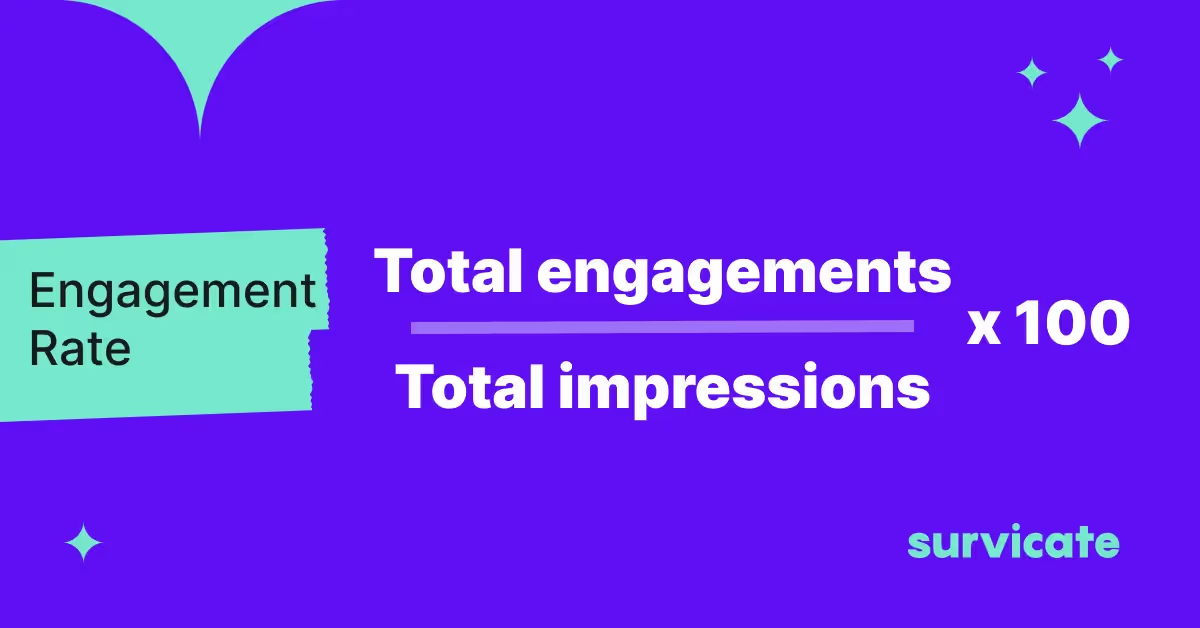
Conversion Rate
Lastly, the conversion rate indicates the percentage of users who take a desired action, like signing up for a newsletter or making a purchase. This metric is crucial to understanding the effectiveness of your engagement in driving business objectives.
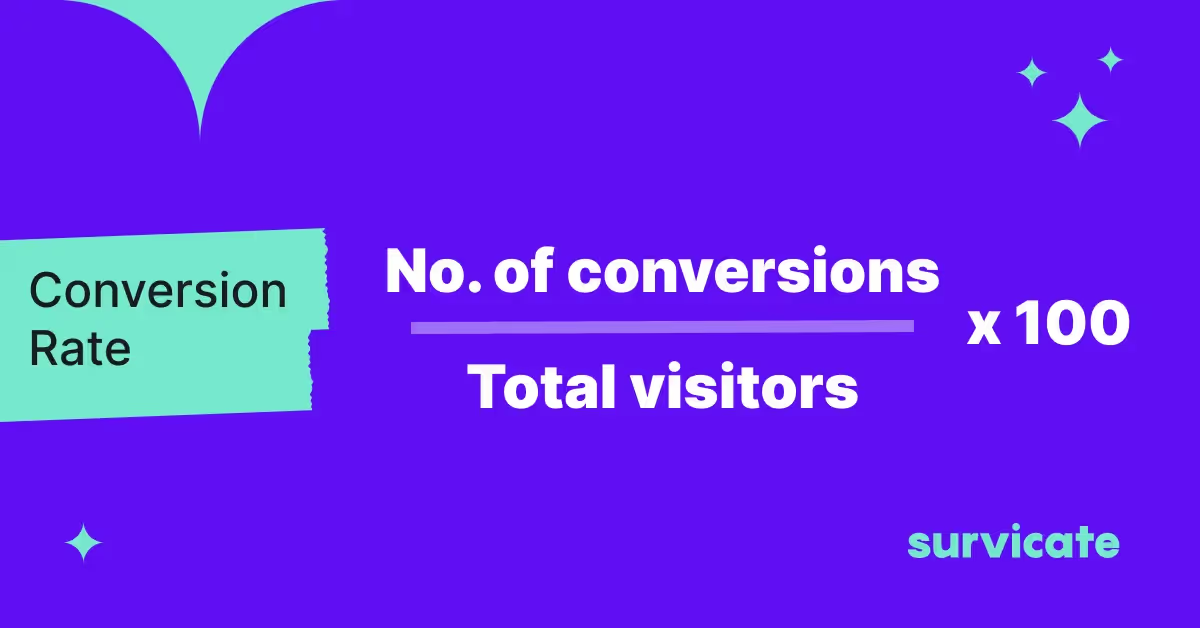
Strategies for effective customer engagement
Effective digital customer engagement strategies require you to connect with your audience through multiple channels, tailor content to user preferences, employ impactful content marketing, ensure mobile-friendly experiences, and integrate social media platforms effectively.
Omnichannel approach
Your omnichannel approach should ensure a seamless customer experience across all digital platforms. Leverage tools that synchronize interactions from brick-and-mortar venues to online spaces so that customers receive consistent service and messaging.
Personalization
Use personalization to get to know your customers. Use their name in communications, recommend products based on past purchases, and engage them with custom-tailored content. This strategy fosters a deeper connection and improves customer loyalty and retention.
And if you don't believe us,➡️ read how Taxfix personalizes customer experience to boost retention through relevancy.
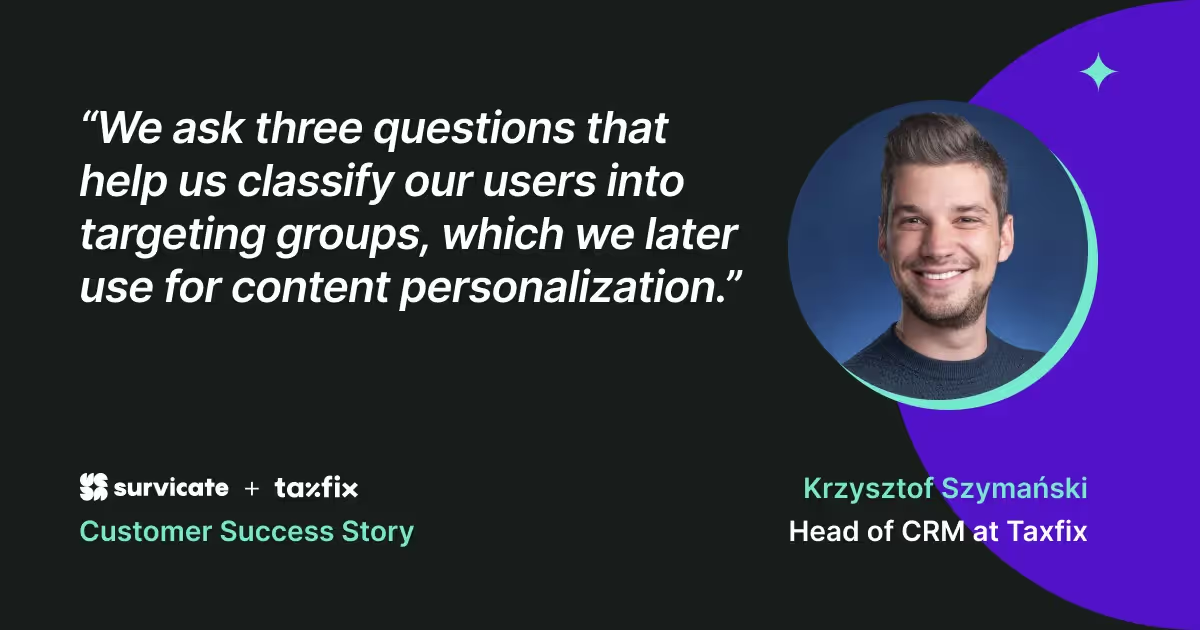
Content Marketing
Employ Content Marketing to create and distribute valuable, relevant, and consistent content to attract and retain a defined audience. Your goal is to drive profitable customer action through quality blogging, video, podcasts, and infographics.
Mobile Optimization
Make sure your digital presence is fully optimized for mobile devices. Mobile optimization includes responsive web design, fast loading times, and streamlined navigation, which are critical for engaging the increasingly mobile audience.
Social Media Integration
Finally, social media integration is essential in modern customer engagement strategies. Platforms like Facebook, Instagram, and Twitter offer powerful ways to connect with customers and build communities around your brand.
Technology in Customer Engagement
Advancements in technology have revolutionized how you engage with customers. These tools not only enhance interactions but also provide invaluable data that can be used to foster stronger relationships with your clientele.
Customer relationship management systems
Customer Relationship Management (CRM) systems are the backbone of digital customer engagement. They enable you to store customer data, track interactions, and manage customer relationships effectively.
AI tools
AI tools are transforming customer engagement by offering personalized experiences and predictive insights. Chatbots and virtual assistants, like those detailed on Acquire, engage customers 24/7, answering queries and providing assistance without human intervention.
Meanwhile, AI-driven tools can analyze customer data to predict future behaviors and preferences, allowing for more targeted and timely interactions.
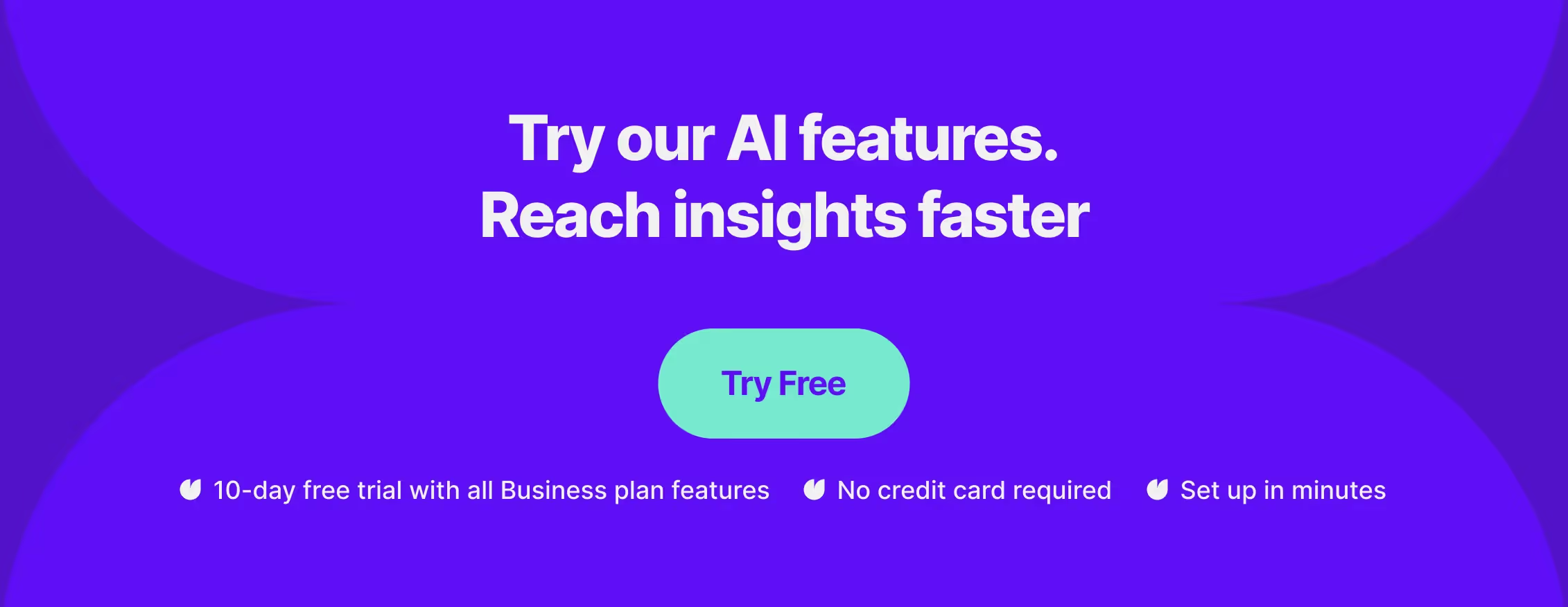
Real-time analytics
Real-time analytics provide insights into customer behavior as it happens, allowing for immediate and informed decision-making. By utilizing platforms like Qualtrics, you can monitor customer interactions across digital channels and make quick adjustments to campaigns or strategies to improve engagement and drive loyalty.
Marketing automation
Marketing automation streamlines engagement by automating routine tasks. It ensures that you send the right message at the right time without manual effort. For example, email marketing campaigns can be automated to nurture leads or provide timely updates to customers, which is essential for maintaining a consistent and personalized customer experience.
How to improve digital customer engagement
Improving digital customer engagement is crucial for fostering customer loyalty and driving business growth. The following strategies are practical and targeted, allowing you to effectively enhance your interactions with customers in the digital space.
Prioritize digital engagement on the channels your customers use
Identify and focus on the digital channels – social media, email, live chat – where your customers are most active. Engaging a small segment of your customer base can substantially increase return on investment.
Personalize the customer experience
Use data analytics to understand customer behavior and preferences, thereby crafting personalized messages and offers. Leveraging behavioral and transactional data can help in delivering relevant content that resonates with each individual, enhancing their engagement with your brand.
Use a customer engagement platform that can optimize your approach
Incorporate a platform that gives you insights and tools to refine your digital customer engagement strategy. Functionality such as automated responses, customer segmentation, and performance tracking can streamline the process.
A good digital customer experience strategy, supported by the right tools, can elevate overall customer satisfaction and improve your sales figures.
Build your digital engagement strategy with Survicate
Digital customer engagement is about building stronger relationships, increasing lifetime value, and creating personalized customer journeys that boost retention and loyalty.
For businesses looking to enhance their customer relationships, Survicate offers a comprehensive yet effortless solution. Its ability to collect and analyze customer feedback equips brands with valuable insights needed to refine their engagement strategies effectively.
With Survicate, you can precisely target your customers across all your digital channels. You can use this feedback to better tailor the messaging and content shared with your audience. To speed up the process even more, Survicate offers some handy AI features, such as
- AI Survey Creator - a tool that will create a survey for you in 25 seconds. You just need to describe your needs.
- AI Topics - text analysis for open-ended questions. This feature automatically categorizes and labels recurring themes that come up in the answers.
- AI Templates Library - Survicate offers hundreds of different survey templates, so sometimes choosing the perfect one could be overwhelming. Now it's done for you, fast.
Take the first step in elevating your customer engagement—try Survicate for free with a 10-day trial that offers all the Business Plan features, and see the difference it can make for your brand.
Digital customer engagement FAQs
What is digital customer engagement?
Digital customer engagement is the interaction between your company and its customers through digital channels. It's the cornerstone of building a digital presence that captures and retains customer attention.
Differences between traditional and digital customer engagement
"Digital" refers to the modern channels of interaction such as social media, email, and websites. Traditional customer engagement, on the other hand, might include face-to-face communication, phone calls, and physical mail. Your digital engagement methods allow for real-time, personalized conversations and a wealth of actionable data on customer behavior that traditional methods can't match.
Omnichannel vs. multichannel customer engagement
Omnichannel engagement means providing a seamless customer experience across all platforms - whether your customer is interacting with your brand online from a desktop or mobile device or in a brick-and-mortar store.
Multichannel engagement also involves multiple platforms but without the integrated experience. For example, the messaging and customer information may not sync up across a live chat on your website and your social media profile. With omnichannel strategies, your customers will enjoy a cohesive experience no matter how they choose to engage with your brand.
Future Trends in Digital Engagement
As the digital landscape evolves, you need to be aware of the significant shifts in how businesses engage with customers. Staying ahead means leveraging new technologies and analytics to personalize experiences at every customer touchpoint.
- Voice and conversational interfaces: Increasingly, you'll interact with customers through voice-activated devices and chatbots. These technologies offer a hands-free, conversational experience that can enhance customer service and accessibility.
- Virtual and augmented reality: By integrating these immersive technologies, you'll offer customers a unique way to engage with products or services before they purchase, providing an enriched, interactive experience.
- Data-driven customization: You'll use customer data more effectively to tailor digital experiences to individual preferences. This goes beyond using their name in an email; it's about customizing the content, offers, and interactions they have with your brand.
- Dynamic content delivery: You'll utilize technology to dynamically change website content for visitors based on their past behaviors, demographics, and preferences, providing a highly personalized browsing experience.
- Chatbots and virtual assistants: Your customer service will be transformed by AI-driven chatbots and virtual assistants capable of handling a wide range of queries in real-time, contributing to 24/7 support with instant responses.
- AI content generation: AI will help you create highly relevant content for your audience, from email marketing to social media posts, by analyzing what content performs best for your engagement goals.
- Behavioral forecasting: You'll make informed decisions based on predictive analytics that forecast customer behaviors, allowing for more proactive engagement strategies.
- Churn prediction models: Using advanced analytics, you'll identify at-risk customers before they leave, providing an opportunity to engage and retain them with targeted interventions.








.webp)

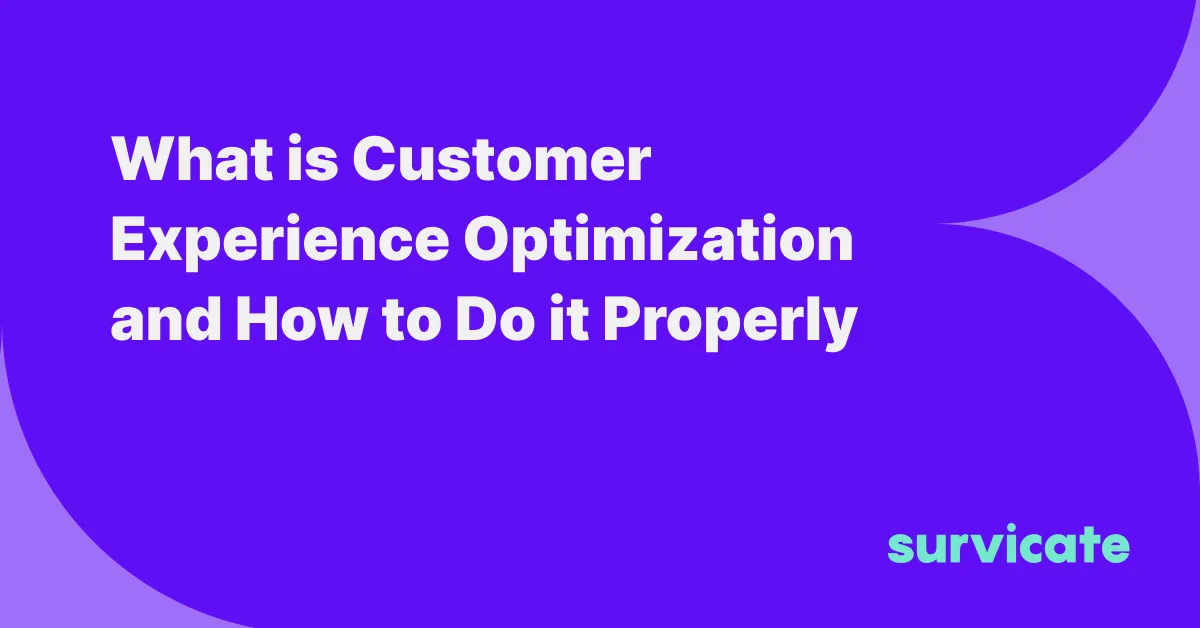
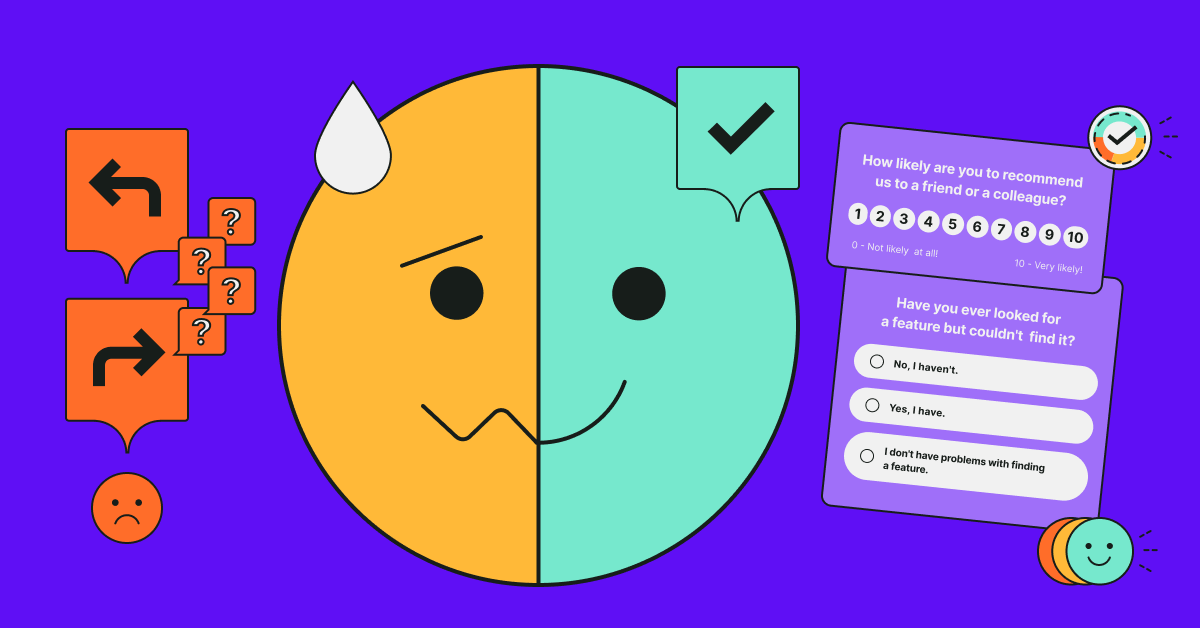

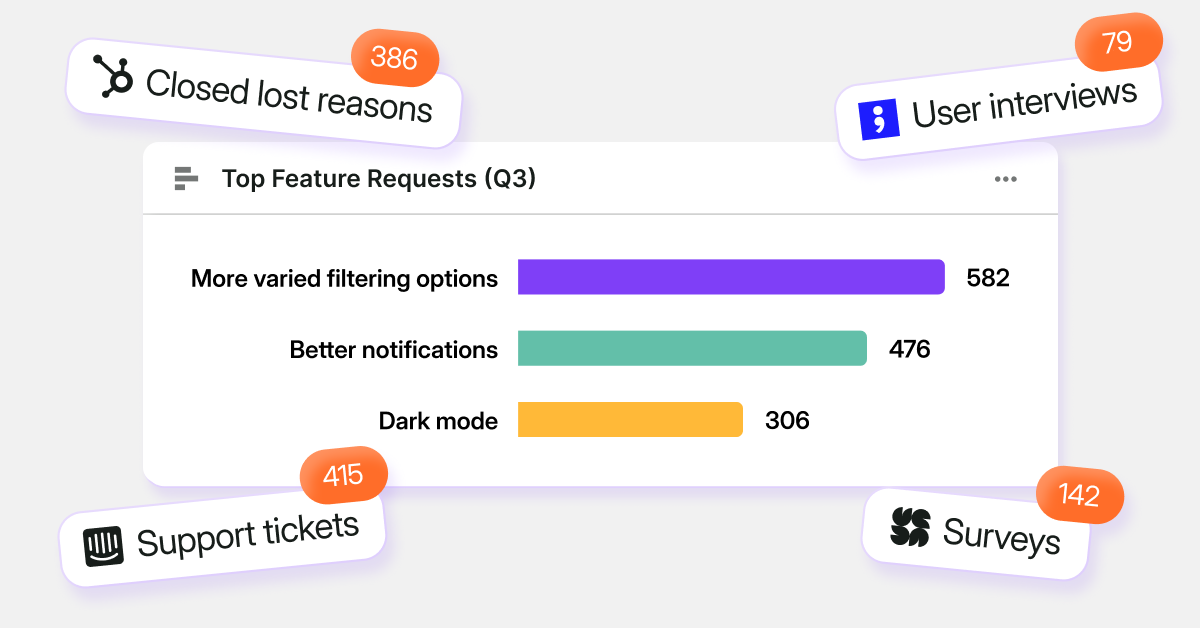
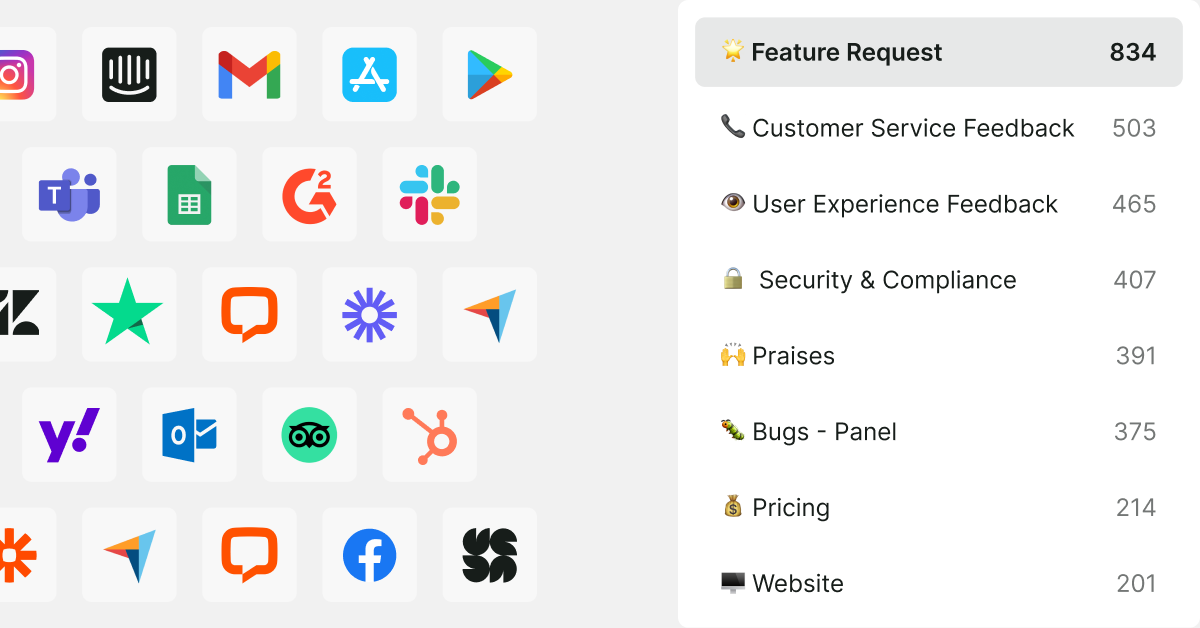
.svg)

.svg)



